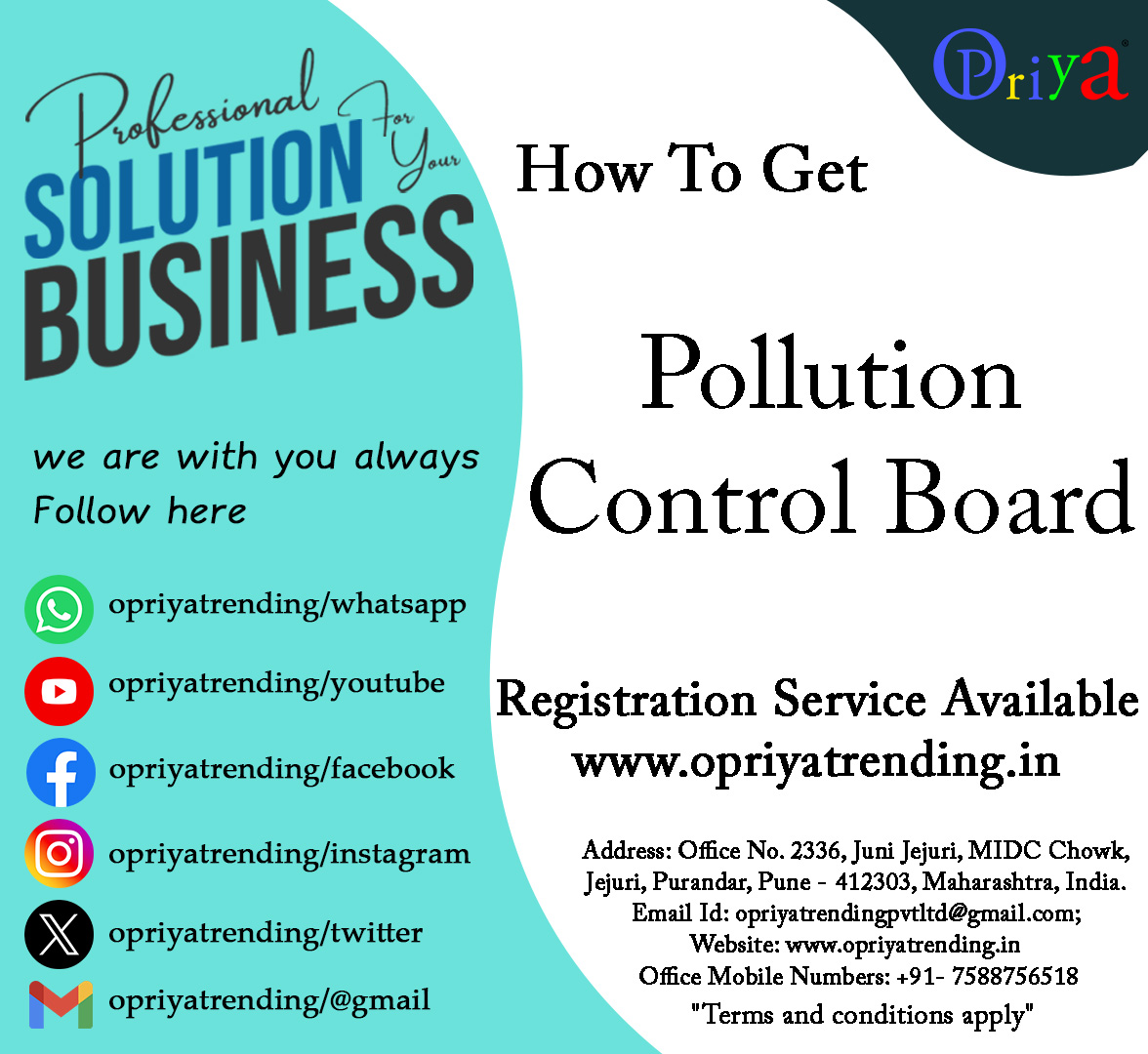Overview of EPR Registration
Electronic waste: electrical or electronic equipment is waste, including all parts. Assemblies and consumables that are part of the product at the time of disposal. According to the latest reports on e-waste in India. The amount of e-waste generated in India increased by 43% from fiscal 2018 to 2020. Additionally in the 2020 report of the Board of Central Pollution Control on electronic waste. In India, around 1,014,961 tonnes of e-waste was generated in FY 2019-20, a 32% increase over FY 2018-19. Furthermore, the report shows that only 3.6% and 10% were collected domestically in 2018 and 2019.
To reduce this growing volume of e-waste. All major stakeholders including manufacturers need to fulfill their responsibilities under the EPR policy and effectively recycle e-waste.
The E-Waste Management Rules, 2011 were introduced for the first time to provide the first set of regulations that primarily deal with e-waste and the responsibility of manufacturers in establishing collection centres, whether individually or in combination, to direct waste to safe disposal.
Subsequently, through the amendments, the responsibilities of manufacturers were clarified, in particular by providing a list of products that are required to be EPR licensed.
Eligibility criteria for EPR Registration in India
- The EPR Authorisation shall be by the provisions of the Environment (Protection) Act, 1986 and the E-Waste (Management) Rules, 2016
- The authorised recyclers have to produce an authorisation or renewal certificate for inspection by the officer authorised by the Central Pollution Control Board
- Any alteration in the Extended Producers’ Responsibility plan should be informed within 15 days to the Central Pollution Control Board, which needs to revert within sixty days.
- It is the responsibility of the authorised Producers’/Recyclers and Refurbished to take prior consent of the Central Pollution Control Board before closing down any facility which is part of the Extended Producers’ Responsibility plan,including any collection centre/points, dismantling facility, etc.
- For renewal of EPR Authorisation. The application should be made in accordance with rule 13(1) sub-rule (iv) of E-Waste (Management) Rules, 2016
- The CPCB (Central Pollution Control Board) has the right to cancel/amend/revoke the EPR Authorisation at any given time according to the policy of the Central Pollution Control Board or from the Ministry of the Environment[1], Forest, and Climate Change.
- In case of any change in the Extended Producers Responsibility plan or changes relating to PRO. The applicant is required to submit a revised application to the authority
- Apart from this, The applicant has to make sure that E-Waste is accumulated at collection centres & through a buyback & exchange scheme, which is further channelized to the authorised dismantler and recycler.
- The applicant also has to submit every quarter the quantity of the list of products for EPR Authorisation. With EEE code, for example, ITEM1 (Minicomputer), that is collected & recycled by the applicant during that quarter.
- The applicant also has to record. All the technical documentation regarding RoHS (Restriction of Hazardous Substances) for authorisation by State Pollution Control Board/Pollution Control Committee
- The applicant also has to provide the information. The booklet and pamphlets of its products relating to the Restriction of Hazardous Substances
- The applicant and RoHS information also have to submit Enclosure. The self-declaration whenever a new product model is launched.
- If there is any violation on behalf of the applicant. Any required conditions are not fulfilled, then the EPR Authorisation will be suspended or cancelled.
Mandated List of Products for EPR Authorisation
| S.No. | Categories of Electrical and Electronic equipment | EEE Code |
| Information Technology & Telecommunication Equipment | ||
| 1 | Personal Computing: Personal Computers (CPU with input and output devices) | ITEW2 |
| 2 | Centralised data processing: Mainframe and Minicomputer | ITEW1 |
| 3 | Personal Computing: Laptop Computers (CPU with input and output devices) | ITEW3 |
| 4 | Personal Computing: Notebook Computers | ITEW4 |
| 5 | Personal Computing: Notepad Computers | ITEW5 |
| 6 | Printers including cartridges | ITEW6 |
| 7 | Copying equipment | ITEW7 |
| 8 | Electrical and electronic typewriters | ITEW8 |
| 9 | User terminals and systems | ITEM9 |
| 10 | Facsimile | ITEW10 |
| 11 | Telex | ITEW11 |
| 12 | Pay telephones | ITEW13 |
| 13 | Cordless telephones | ITEW14 |
| 14 | Cellular telephones | ITEW15 |
| 15 | Answering System | ITEW16 |
| 16 | Telephones | ITEW12 |
| Consumer Electrical and Electronic Products | ||
| 1 | Television sets (Smart TV including sets based on LCD and LED technology) | CEEW1 |
| 2 | Refrigerator | CEEW2 |
| 3 | Washing Machine | CEEW3 |
| 4 | Air-conditioners, excluding centralised air conditioning plants | CEEW4 |
| 5 | Fluorescent and other Mercury-containing lamps | CEEW5 |
Documents required to obtain an EPR Registration
- The Copy of the authorisation or certificates from the applicable ministry or authorities for doing business is given below:
- GST Certificate details
- PAN (Permanent Account Number) details
- Copy Company Incorporation certificate
- Copy IEC (Import/Export Certificate) in case of importers
- The Self-declaration for compliance with RoHS (Restriction of Hazardous Waste)in accordance with the format
- The Copy of authorisation/certificate granted by the State Pollution Control Board/Pollution Control Board earlier under E-Waste (Management & Handling) Rules, 2011 in the case of those producers who are working in the country prior to 01-10-2016.
- The details and information of projected awareness and allied initiatives
- The Copies of the agreement document with the key stakeholders(dealers, collection centres, dismantlers, recyclers as well as treatment, storage, disposal facilities (TSDFs),etc.).
- Documents related to the EPR action plan as envisaged in sections
- The Estimated budget set aside for fulfilling Extended Producer Responsibility (EPR)
FAQs About EPR Registration ?
